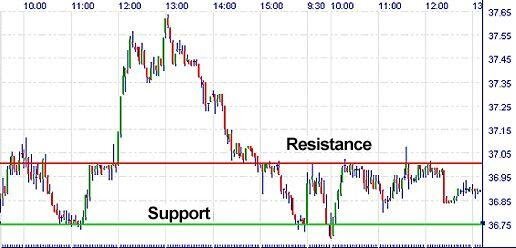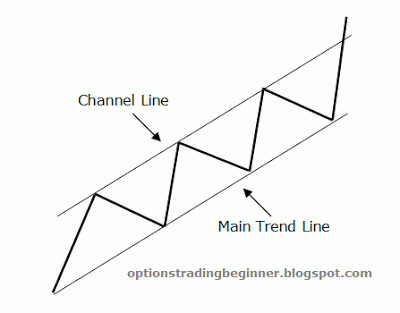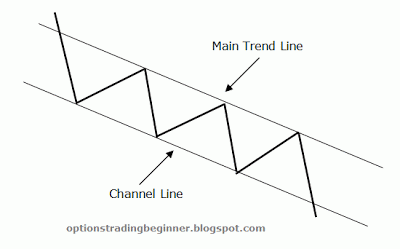Introduction to Intraday Trading and Intraday Channels
The baseline of trading is called day trading or more commonly known as “intraday trading.” This came to be one of the most profitable methods in the field, and such is only true if one is equipped with a conducive strategy. While this is the premise, it is also necessary to acknowledge the innate characteristics of markets and traders need not be complacent as there are plenty of drawbacks in the trading industry. This was attested by the number of professional traders that still meet sharp losses.
Overview
Technically, intraday trading is the practice of buying and selling a security within one working day or during business hours. This is heavily practiced across different markets but is pretty common in the field of foreign exchange and stocks. Through the help of intensive leverages and short-term trading techniques, traders are able to capture minimal price swings.
Commonly, traders put a focus on important events as these have direct implications to price movements. The technique treats economic figures, data, financial interest rates, and corporate earnings as crucial factors that drive prices. As markets are fully dependent on these factors, day traders may analyze the overall sentiment of the market and utilize it to their advantage.
There are several day trading techniques that one may use:
- SCALPING-Endeavors to capture multiple but minimal profits from little price swings.
- RANGE TRADING- Utilizes the support and resistance levels to identify whether to place long or short positions
- NEWS TRADING- Depends on trading decisions based on the weight of economic news and global data
- HIGH-FREQUENCY TRADING- Heavily relies on meticulous mathematical functions to identify small market disruptions
Intraday Channels
The commonly practiced techniques under intraday trading are the channels. Such was derived from a proposition that the majority of financial indicators tend to conform to a particular path and retain momentum for a specific time. The sudden shift could all be attributed to different economic happenings. The macroeconomic scale impacts the overall price movement.

It is easy to identify a channel as it usually appears between support and resistance. Four points must touch the tunnel, with two points touching the resistance and another two placed on the support to confirm a channel. To note, there are three types of channels that may show on the chart:
- ASCENDING- Price movement heading upward direction and is composed of rising tops and rising bottoms.

- DESCENDING- Price movement heading downward direction composed of falling tops and falling bottoms

- SIDEWAYS- Price does not tread a particular direction as its path is a combination of rising and falling tops and bottoms
Intraday Trading Advantages
What made this type of trading very beneficial is its security from overnight dangers. Since positions are closed at the end of business hours, trades are automatically devoid of risks brought by overnight news and events. Another interesting thing about this is the rigid stop-loss orders capable of securing trades. Traders are also allowed to maximize leverage, all while giving them intensive trading knowledge mainly from handling multiple trades at once.
Intraday Trading Disadvantages
Sure there are numerous advantages that intraday trading offers, but one has to be mindful of the disadvantages that this setup entails. One setback that this structure carries is the multiple commission charges as multiple positions are being placed. It also restricts traders from accessing other assets, including mutual funds, and to note, and there is an increased financial risk once margin is utilized for the purchase.
Read more:
Top 5 most accurate intraday trading indicators
Intraday Trading – moving average indicator
Intraday Trading – RSI indicator

